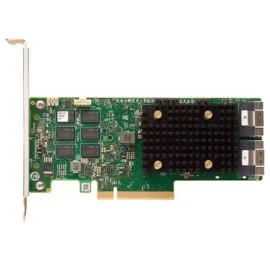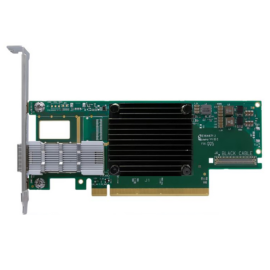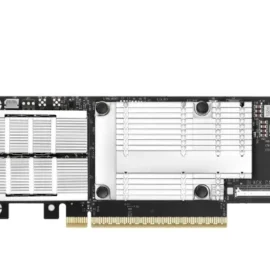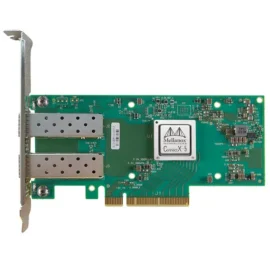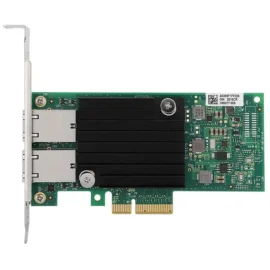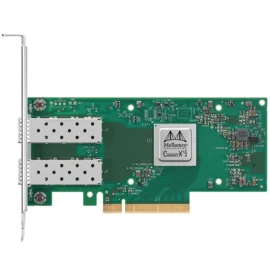In the world of high-performance computing (HPC) and data centers, efficient networking is crucial. Two popular networking technologies often discussed are InfiniBand and Ethernet. This article will explore InfiniBand switches, how they compare to Ethernet, and why they’re a significant choice for demanding environments. We’ll also dive into Mellanox switches, a leading brand in the InfiniBand space, and answer common questions about their use, performance, and configuration.
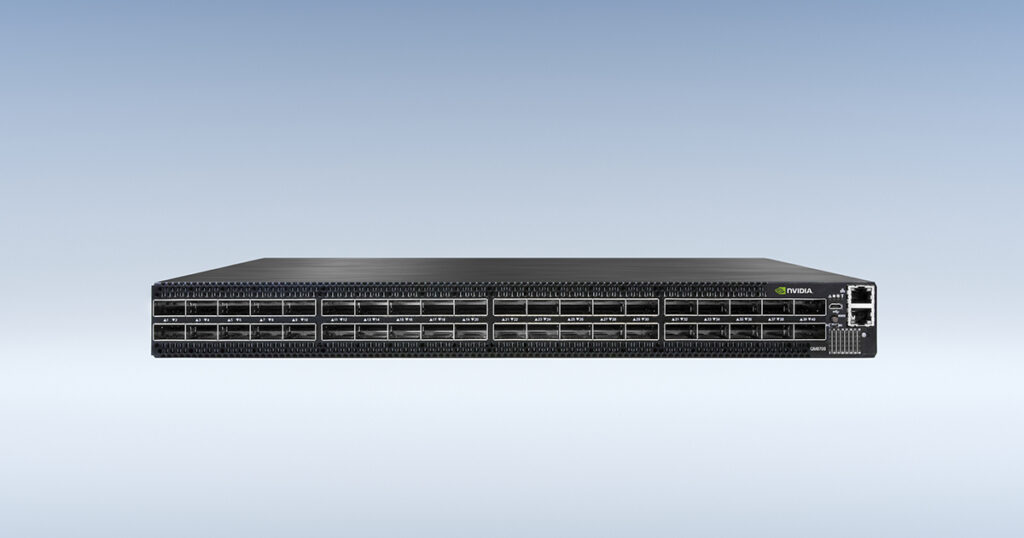
Table of Contents
ToggleWhat Are InfiniBand Switches?
InfiniBand switches are high-speed network devices designed to interconnect servers and other components in high-performance computing environments. InfiniBand, a high-bandwidth, low-latency interconnect standard, is widely used in data centers, supercomputers, and enterprise networks where speed and reliability are paramount. InfiniBand switches facilitate the communication between nodes in a computing cluster by managing the traffic between these nodes at incredibly high speeds.
What Is the Difference Between Ethernet and InfiniBand?
Ethernet and InfiniBand are both network protocols, but they serve different purposes. Ethernet is the standard networking protocol used in most home and office networks, offering reliable performance at lower speeds. While Ethernet speeds can reach up to 100Gbps, InfiniBand goes far beyond that, offering higher bandwidth and lower latency, making it ideal for data-intensive applications such as scientific research, AI, and machine learning.
Key differences between Ethernet and InfiniBand:
- Speed and Latency: InfiniBand can reach speeds of up to 200Gbps, with lower latency compared to Ethernet, which typically maxes out at 100Gbps.
- Scalability: InfiniBand supports a larger number of devices in a network, making it better suited for large-scale applications like supercomputers.
- Performance: InfiniBand excels in environments where low latency and high throughput are essential, while Ethernet is more cost-effective for general-purpose networking.
Why Is InfiniBand So Expensive?
InfiniBand’s high cost is primarily due to its advanced capabilities. It requires specialized hardware and infrastructure to support its high bandwidth and low latency. Additionally, InfiniBand switches are built to handle complex networking tasks in high-performance environments, which drives up the cost of production. For organizations that require superior performance and scalability, such as those in research or data-intensive industries, the investment in InfiniBand technology is often worth the price.
How Fast Is an InfiniBand Switch?
InfiniBand switches can provide speeds ranging from 10Gbps to 200Gbps, depending on the model. The high-speed performance allows InfiniBand networks to support large-scale data processing and minimize bottlenecks in applications such as big data analytics, scientific simulations, and machine learning. The sheer speed of InfiniBand makes it ideal for environments where performance is a top priority.
What Is a Mellanox Switch?
Mellanox Technologies, now part of NVIDIA, is a leading manufacturer of high-performance interconnect solutions, including InfiniBand switches. Mellanox switches are designed to support the high-throughput, low-latency requirements of large-scale data centers and HPC environments. They are known for their scalability, reliability, and performance, making them a top choice for organizations looking to implement InfiniBand networks.
Mellanox InfiniBand Switches
Mellanox has become a leading name in InfiniBand networking due to their high-performance solutions designed for HPC (High-Performance Computing), AI, and data center environments. These switches are built to handle high bandwidth and low latency, which are key for applications like machine learning, scientific computing, and data-intensive workloads.
Are Mellanox Switches Good?
Mellanox switches are highly regarded in the industry for their exceptional performance and reliability. They are often deployed in high-end computing environments such as supercomputing clusters, research labs, and enterprise data centers. The switches are designed to handle massive data flows with minimal latency, making them an excellent choice for businesses that need to run resource-intensive applications.
Mellanox switches are also scalable, meaning they can support a growing network without compromising performance. Their advanced features, including low-latency routing and congestion management, contribute to the overall stability and efficiency of the network.
Does NVIDIA Own Mellanox?
Yes, NVIDIA acquired Mellanox Technologies in 2020. This acquisition allowed NVIDIA to expand its portfolio into high-performance interconnects and network solutions, complementing its existing hardware offerings like GPUs. By integrating Mellanox’s InfiniBand and Ethernet solutions with NVIDIA’s GPUs, the company aims to provide end-to-end solutions for AI, HPC, and data center customers, improving overall system performance.
Who Makes Mellanox Switches?
Mellanox switches are manufactured by Mellanox Technologies, a company that was founded in 1999 and later acquired by NVIDIA. The company is recognized for its leadership in the development of InfiniBand and Ethernet products for high-performance networking. Mellanox’s hardware is known for its efficiency in reducing latency and increasing throughput, essential for industries that rely on rapid data processing.
Mellanox Switch Models
Mellanox offers a wide range of InfiniBand and Ethernet switches suited to different needs. Some popular Mellanox switch models include:
- Mellanox SN2700: A versatile switch offering support for both Ethernet and InfiniBand, designed for data center applications with high bandwidth and low latency.
- Mellanox SX6036: An InfiniBand switch designed for scale-out HPC systems with support for up to 36 ports at 100Gbps.
- Mellanox Spectrum Series: These Ethernet switches support 10GbE to 400GbE configurations, ideal for data centers and cloud environments.
Mellanox Switch Commands
Mellanox switches offer a range of management and configuration commands. Typically, they use the MLNX-OS software, which provides CLI-based commands to configure and monitor the switches. Common tasks include configuring port settings, monitoring traffic, and troubleshooting network issues. Some basic commands include:
show interfaces– Displays information about the interfaces and their status.show version– Displays software and hardware version details.configure terminal– Allows access to the switch configuration mode for making changes.
For detailed switch configurations, Mellanox provides a comprehensive Configuration Guide for users.
Mellanox Switch Configuration Guide
To configure a Mellanox switch, administrators generally follow a step-by-step guide that includes:
- Initial Setup: Connecting to the switch console and accessing the CLI.
- Network Configuration: Configuring VLANs, IP addresses, and subnets.
- Port Management: Enabling or disabling ports, configuring port speed, and setting up link aggregation.
- Performance Tuning: Fine-tuning the switch settings for optimal throughput and low-latency operation.
Mellanox Switch NVIDIA Integration
NVIDIA’s acquisition of Mellanox means that Mellanox switches are now deeply integrated with NVIDIA’s other products, especially GPUs and AI systems. The combination of high-performance networking and powerful GPUs enables more efficient data processing and accelerates workloads in areas like machine learning and AI.
Conclusion
InfiniBand switches, particularly those from Mellanox, offer unmatched speed and low latency, making them indispensable in environments where performance is critical. The integration of Mellanox’s products into NVIDIA’s ecosystem further strengthens their position as the go-to choice for high-performance networking. If you’re working in a data center, supercomputing environment, or AI-driven application, understanding the benefits of InfiniBand and Mellanox switches can help you make the right investment for your networking needs.

